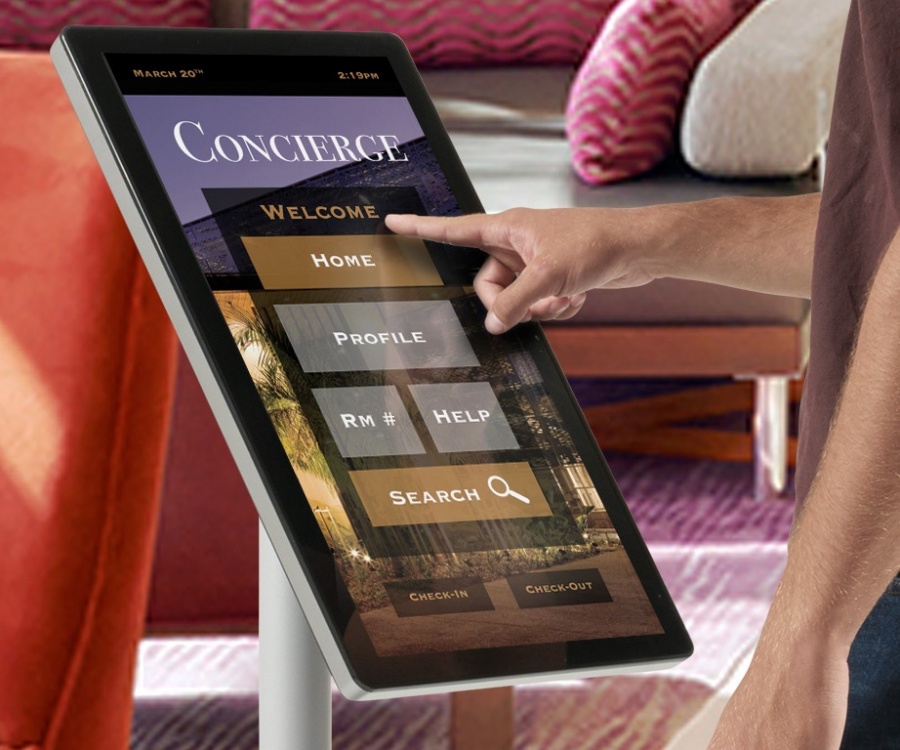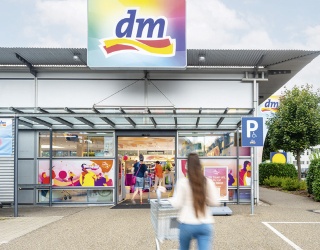
In omnichannel commerce, retailers can reach their customers in many different situations. Nevertheless, brick-and-mortar retailing remains an important part of the customer journey. In this interview, Roland Fesenmayr, CEO of OXID eSales, explains how retailers can successfully address their customers at very different points.
Mr. Fesenmayr, what options do retailers have in times of omnichannel commerce to reach their customers at every point of the customer journey?
An exemplary customer journey today includes all channels and looks something like this: the customer gets information on a garment at the online store and puts it on the wish list of the retailer’s app, which the customer also uses while on the go. Then when the customer visits the store and identifies herself with her loyalty card, the sales associate can have the desired piece of clothing ready to be tried on and perhaps also chooses a few matching pieces that are automatically added to the wish list. Of course, the entire process can also be done at an in-store terminal.
The customer subsequently doesn’t need to buy the products directly at the store, but is able to complete the purchase online at home for example and have the purchase shipped to her. This seamless process, which includes the information, order, and the actual purchase, is what makes an omnichannel retailer. However, since no two business models are the same in omnichannel retailing, every retailer needs a custom solution that is tailored to his market segment, his products, and his target market.
What are the specific challenges retailers face with this type of business model?
To utilize all omnichannel options, all channels need to be connected by a comprehensive management structure and ideally be controlled by a standard IT solution. This facilitates an integration of the product, customer and order data that was collected at the various points. The easiest option is a responsive design that automatically displays the data on each surface in the optimal format. To do this, however, the retailer first needs to create a shared database; only then will he be able to offer services such as click&collect, availability queries on all channels or an integrated return process.
What tools does the retailer need for implementation?
The use of a comprehensive platform lends itself to this of course. There are already several solutions today that integrate multiple channels and automatically adapt the contents to the used end device. We also offer a development tool specifically for the mobile area, with which retailers can program their own app with comprehensive features. It is essential that all solutions are connected to a comprehensive backend system. This is the only way data can be retrieved across all of the channels – regardless of whether that’s via an app, at an in-store terminal or the cash register.
How can a retailer ensure data consistency is maintained in all systems?
When we implement this type of project, we first conduct a comprehensive analysis of the existing system architecture, and then develop a data model together with the retailer. The analysis clearly defines what system is used in which area – for instance, PIM in the online store, an inventory management system in the warehouse and point of sale software at the POS. These systems are subsequently connected to the overall system via the respective standard interfaces.
With OXID eShop POS, you introduced your own system that can connect the channels. Can you briefly explain this solution?
OXID eShop POS is a system for kiosk terminals that is based on a client-server architecture. All data-intensive product information such as images and videos, for example, are locally stored on the POS system. Since data doesn’t need to be first retrieved online, this system offers excellent performance and high-quality data. A data connection is only established when relevant information about prices or availability of an article is being retrieved.
Of course, this is above all about usability and thus a great user experience. This is why the PayPal-QR Shopping app is being used as a payment method, where customer information such as the shipping address is automatically available. The entire system can also be connected to POS systems so that checkout can also take place there.
OXID considers kiosks as a “bridge between the channels“. How important are these terminals when every customer obtains the same functionality on his/her Smartphone?
A kiosk terminal simply offers a completely different world for presenting products. Since data is locally stored, I can also use full HD videos for my product presentation for instance. This is not quite as easy to do on a Smartphone. What’s more, sales associates can utilize the large kiosk monitor to support counseling situations.
This also correlates to the user habits of customers. I always carry my mobile device with me in every situation to quickly get information. Due to their form factor, however, these mobile devices are less suited to get a truly good impression of a product’s look. That’s why a Smartphone functions more as a supplementary source of information.
Can these types of in-store terminals also prevent showrooming? Perhaps, the impulse to look for products in other stores is reduced when the customer browses on the terminal at the retailer’s own store...
The pivotal question here is to what extent brick-and-mortar retail engages in digital transformation and is able to connect the channels. The more touchpoints retailers offer and the closer they are connected with each other, the less likely customers will feel inclined to shop around at the competition. This is how retailers can prevent showrooming by offering their own products on terminals at the store and with their own mobile app. Retailers simply need to offer customers a clear benefit.
Interview by Daniel Stöter, iXtenso.com




